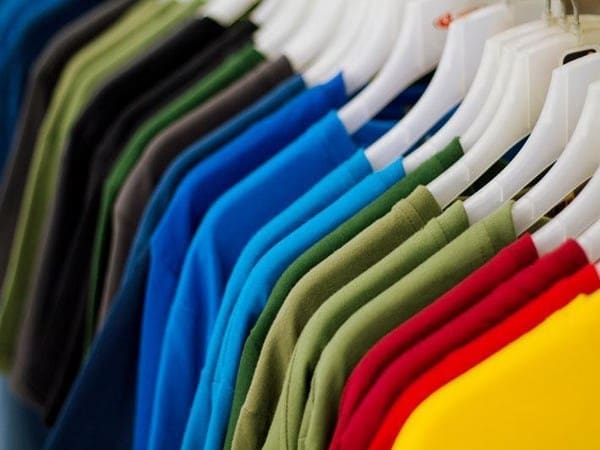The ongoing political instability in Bangladesh is creating ripples across the global textile industry, with major international brands increasingly turning their attention to India as a sourcing alternative. Leading retailers such as Tesco, Decathlon, JCPenney, GAP, and Walmart have reportedly increased inquiries to Indian apparel exporters, signalling a potential shift in supply chains and promising a boost to Indian exports in early 2025.
Industry sources indicate that this surge in interest is directly linked to the uncertainties surrounding Bangladesh, a major player in the global garment manufacturing landscape. However, capitalizing on this opportunity requires strategic intervention and support from the Indian government, according to Mithileshwar Thakur, Secretary General of the Apparel Export Promotion Council (AEPC).
Thakur emphasized the need for immediate policy measures to enhance India’s competitiveness. Key recommendations include the urgent introduction of a PLI 2.0 scheme encompassing all garment types, regardless of fibre, with a reduced investment threshold. Reviving the technology upgradation scheme for micro industries, continuing the interest equalization scheme for exporters, and allowing greater flexibility and concessions in fabric and machinery imports are also crucial, he stated.
This call for policy action comes at a time when the Indian textile and garment export sector is showing signs of recovery after a two-year slump. Favourable factors, such as increased demand from key markets, lower global inventories, and relatively stable raw material prices, are contributing to this positive trend.
Recent data from the Confederation of Indian Textiles Industry (CITI) reinforces this upward trajectory. In the April-November 2024 period, apparel exports from India saw an 11.39% year-on-year increase, reaching $9.85 billion, while textile exports grew by 3.9% to $13.47 billion. Notably, this export growth in both segments surpassed the overall growth rate of 2.17% for all commodities during the same period.
The Tirupur cluster, a major textile hub in India, is reportedly witnessing a significant influx of inquiries from brands like Primark, Duns, and Kik Clothing, in addition to the aforementioned giants. While Bangladesh has traditionally enjoyed cost advantages due to lower wages, duty-free access, and its Least Developed Country (LDC) status, the current political climate and foreign exchange challenges are prompting brands to reconsider their sourcing strategies.
Thakur highlighted that while Bangladesh’s garment exports reached $47 billion in FY2023, second only to China and the EU, India holds the sixth position with approximately one-third of Bangladesh’s share. Several European brands are reportedly hesitant to increase their reliance on Bangladesh due to the ongoing instability and import challenges.
The upcoming Bharat Tex 2025 event, a major textile exhibition set to bring together global brands, retail chains, and investors, is expected to further solidify India’s position as a key player in the global textile ecosystem. The industry remains optimistic that this event will provide a significant platform for showcasing India’s capabilities and attracting further investment.

